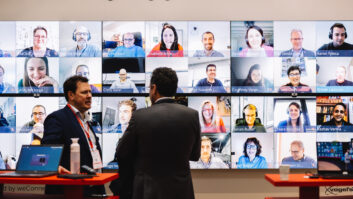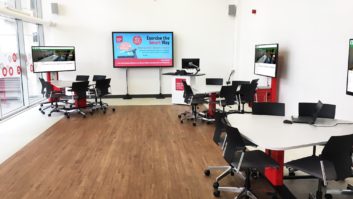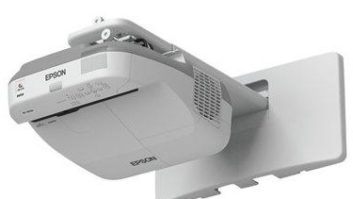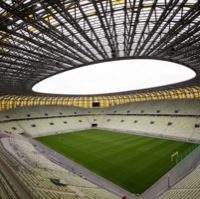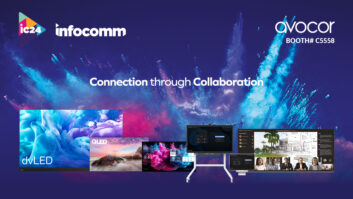The widespread use of interactive technologies to enrich the learning and teaching experience already makes a valuable contribution to the educational process. TFA looks at the specification of interactive whiteboards.
What are they?
An interactive whiteboard is a surface onto which a computer screen can be displayed, via a projector. It is touch-sensitive and lets you use a pen on it (or in some cases a finger) to act like a mouse, controlling the computer from the board itself. Changes made to information projected onto the whiteboard are transferred to the computer and can be saved and retrieved in future lessons. Whiteboards can help teachers to deliver exciting and engaging lessons to children of all ages and abilities, using a variety of methods including video clips, the internet, interactive presentations and colour visuals.
How can they help?
Interactive whiteboards have the potential to improve teaching and learning by:
- improving understanding of new concepts;
- increasing pupil motivation and involvement;
- improving planning, pace and flow of lessons.
Projector health and safety issues
Use of data projectors as part of interactive whiteboard solutions has been subject to best practice guidance issued by the Health and Safety Executive (HSE) that established effective guidelines for use and constraints on brightness for safety reasons.
Employers should establish work procedures for teachers and pupils and give instruction on their adoption so that:
- staring directly into the projector beam is avoided at all times;
- standing facing into the beam is minimised. Users, especially pupils and students, should try to keep their backs to the beam as much as possible;
- the use of a stick or laser pointer to avoid the need for the user to enter the beam is recommended. Pupils and students should be adequately supervised when they are asked to point out something on the screen;
- projectors should be located out of the sight line from the screen to the audience; this ensures that, when presenters look at the audience, they do not also have to stare at the projector lamp. The best way to achieve this is by ceiling-mounting rather than floor or table-mounting the projector.
- in order to minimise the lamp power needed to project a visible presentation, use room blinds to reduce ambient light levels.@page_break@
The new ultra-short-throw technologies provide schools with an alternative to existing traditional data projector installations and present improvements in safety for end users within an interactive whiteboard solution. Also as this technology presents a potential elimination of the risk to injury through exposure to the beam then existing brightness (lumen) constraints that are suggested for traditional data projector installations can be relaxed, providing a brighter and more defined image. This therefore reduces the impact of ambient lighting and provides more flexibility in respect of where to site the equipment within the classroom. There is also an inherent security and safety benefit that can be derived from the installation itself which does not need to be ceiling or boom mounted.
In light of these developments schools in the process of procuring new interactive whiteboard solutions or refreshing their current interactive whiteboard solutions should actively consider ultra short throw projectors as an option.
Board heights
Concerns also exist with respect to the location of interactive whiteboards both from a teacher and a pupil perspective. If the board is too low the teacher may object to the positioning on the grounds of health and safety, conversely if the board is too high then pupils may not be able to reach the top portion of the board. If the latter is true then schools may choose to use a step or some staged area in front of the board which poses a significant trip/fall hazard.
There are currently no specific standards for the install height of an interactive whiteboard however there are several criteria that determine the most effective positioning of board:
- to ensure compliance with health and safety requirements the projector should be mounted no lower than 2.2 metres from the floor;
- the potential for image distortion (keystoning) when viewed from certain angles also determines at which point the interactive whiteboard can be positioned;
- schools should therefore undertake an appropriate risk assessment to ensure that the board is positioned at the most appropriate height for intended users.
Thanks to Smart Electrical and Data for help in the preparation of this article.
